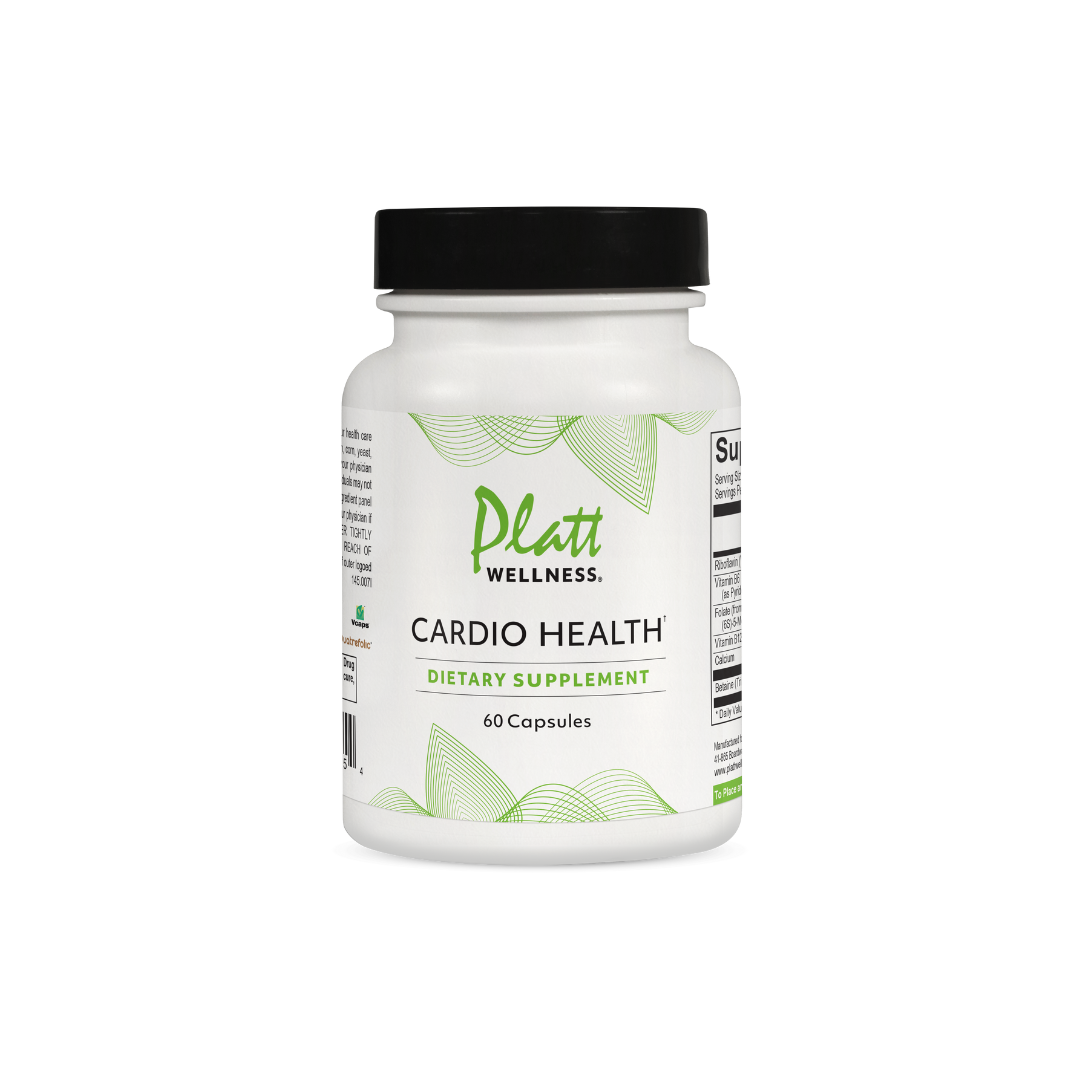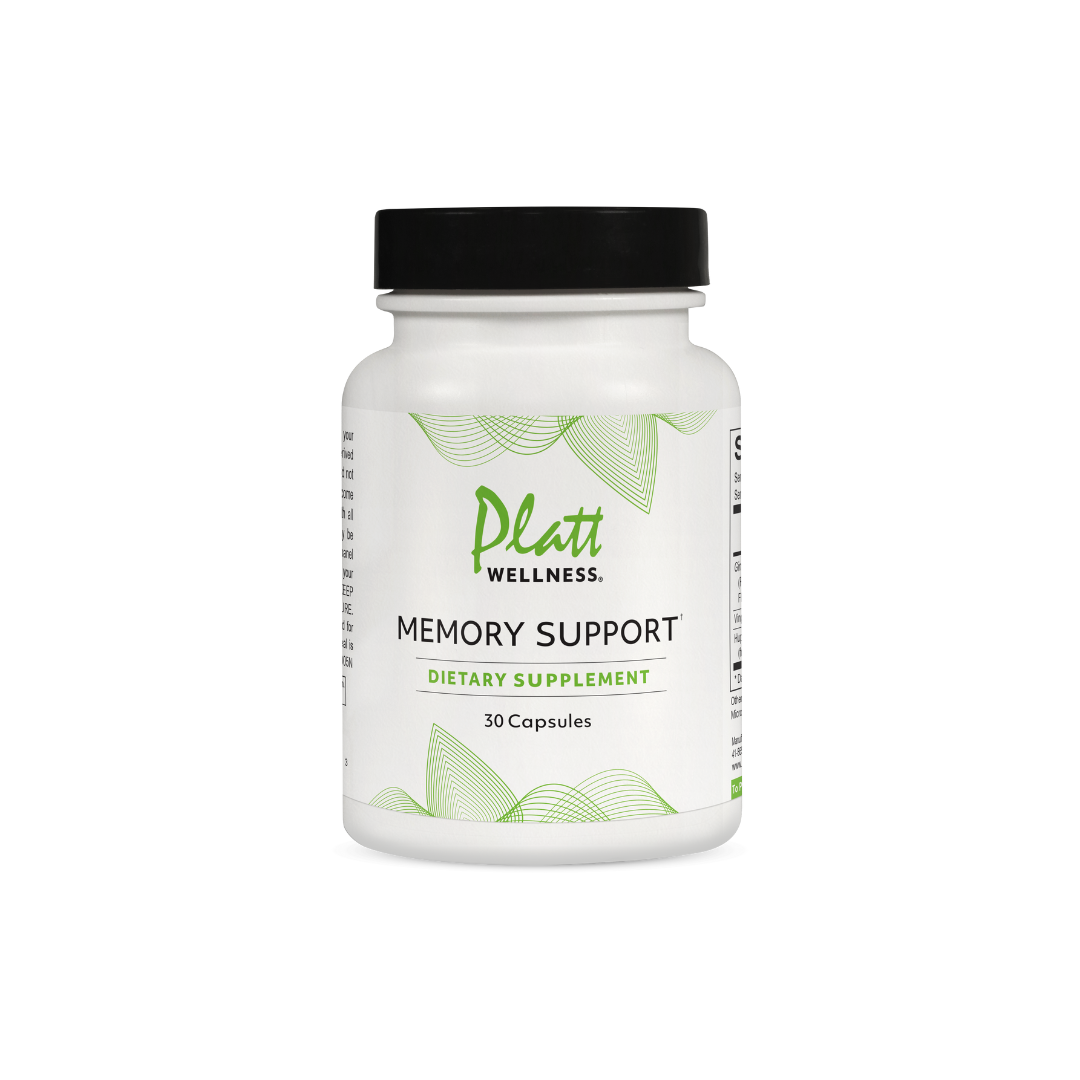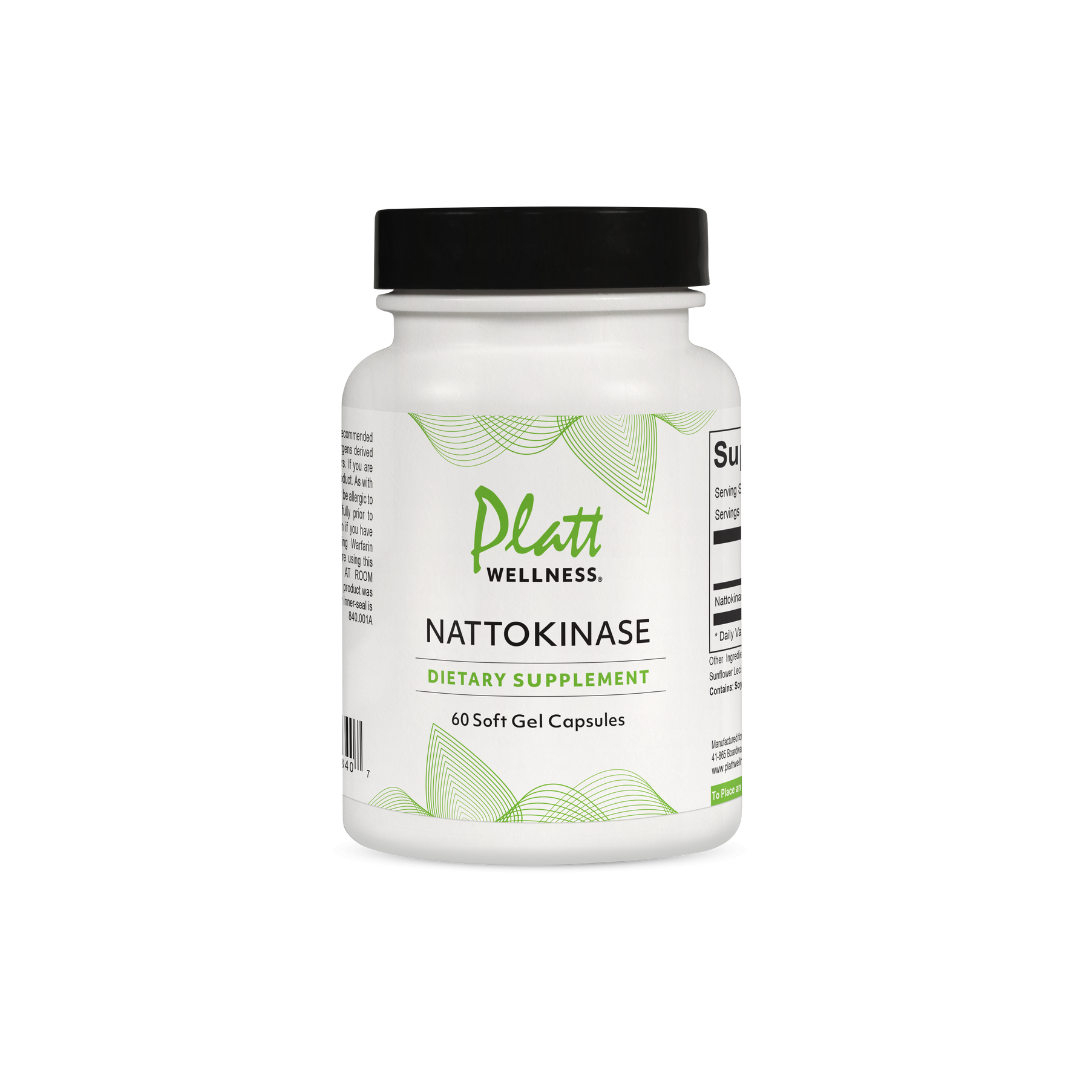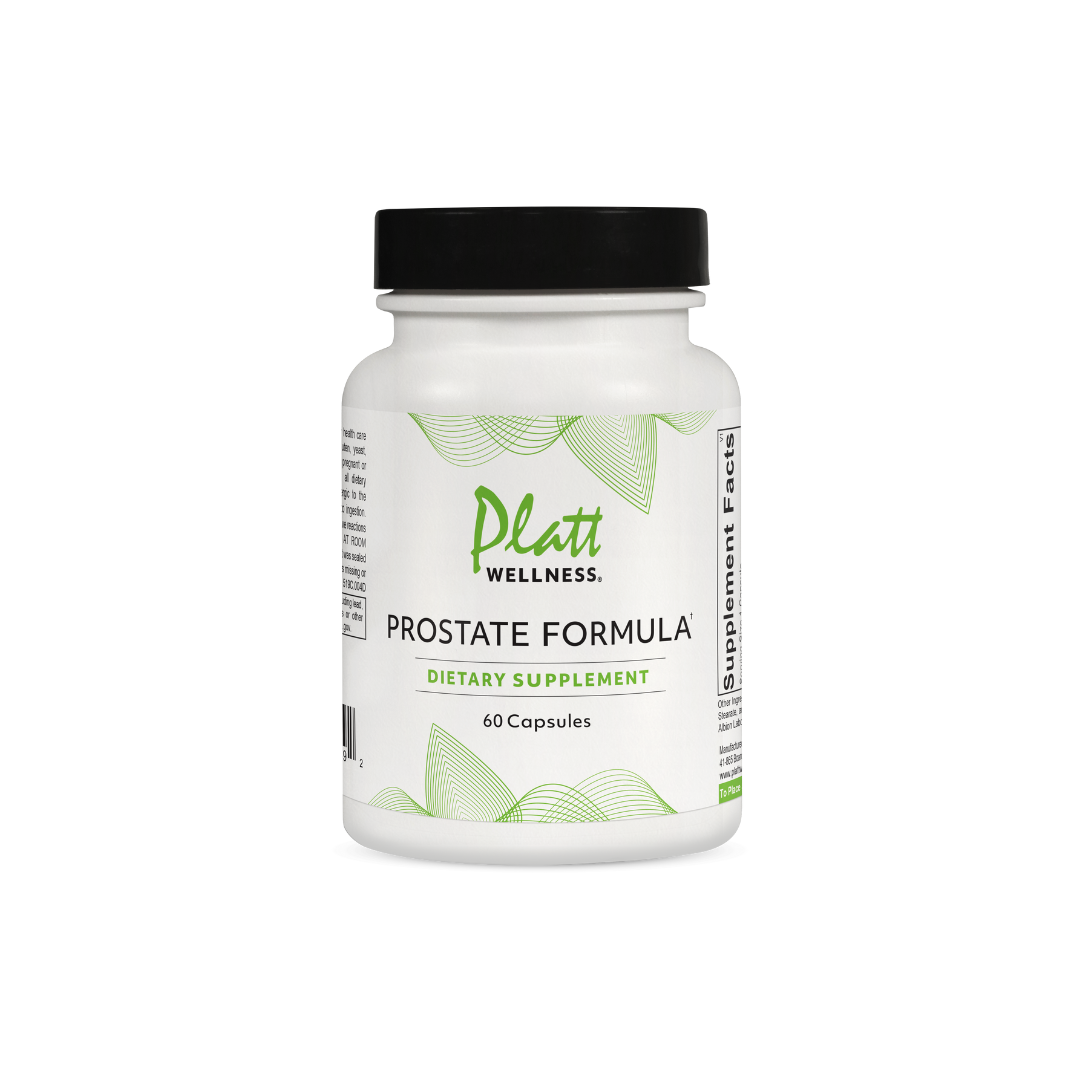Why do we have vaginal dryness?
The most common cause is due to a natural decline in estrogen. However, there are many other reasons that can affect lubrication “down there” which include medications, breast feeding, douching, cancer treatments, stress and anxiety.
Vaginal atrophy, also known as atrophic vaginitis, is a condition characterized by the thinning, drying, and inflammation of the vaginal walls due to a decrease in estrogen levels. This condition commonly occurs during and after menopause but can also affect women who have decreased estrogen for other reasons, such as after childbirth, during breastfeeding, or due to certain medical treatments.
Estrogen and dehydroepiandrosterone (DHEA) are hormones that can help alleviate vaginal dryness, a common symptom of menopause and other hormonal imbalances. Here’s how each hormone contributes to improving vaginal dryness.
The benefits include:
-Improved libido
-Regain confidence
-Restored moisture
-Revived intimacy
-Improved bladder control
-Less pain & irritation
Estrogen - The Role in Vaginal Health:
-
Mucosal Integrity: Estrogen helps maintain the health and elasticity of the vaginal lining (vaginal mucosa). It promotes the proliferation and hydration of epithelial cells, which contributes to the vaginal lining's moisture and thickness.
-
Increased Blood Flow: Estrogen enhances blood flow to the vaginal area, which can help improve tissue health and lubrication.
-
Glycogen Production: Estrogen stimulates the production of glycogen in vaginal epithelial cells. This glycogen is then converted into lactic acid by beneficial bacteria (lactobacilli) in the vagina, which helps maintain a healthy vaginal pH and supports natural lubrication.
Forms of Estrogen Therapy:
You should know there are three types of Estrogen: Estrone, Estradiol, and Estriol. Estrogen is the most commonly replaced hormone. In fact, it is the most commonly prescribed drug in the world. And, at the same time, it is the most controversial.
Too much estrogen can wreak absolute havoc on your whole body. It can cause things such as fatigue, fibroids, endometriosis, abnormal menstruation, and most importantly breast cancer.
Be wary of estradiol. In fact, the only estrogen we promote is Estriol 2.5 mg because it is the weakest and, in our opinion, the safest against the effects of possible cancer caused by estrogen dominance. In fact, it is so safe that it has been used to treat breast cancer, since it occupies estrogen receptor sites and blocks stronger forms of estrogen. While we are not entirely against estrogen as a hormone replacement, as it has its benefits, including reducing the effects of hot flashes, vaginal dryness, and improved cognitive function, energy levels, etc.,it must be countered with Progesterone to prevent estrogen dominance.
DHEA - Role in Vaginal Health:
There are many benefits in taking DHEA as it is known as an anti-aging hormone, but also has a big role in vaginal health.
-
Precursor to Estrogen: DHEA is a precursor hormone that can be converted into estrogen and testosterone in the body. This conversion can help increase local estrogen levels when DHEA is used in vaginal treatments.
-
Direct Effects: DHEA can have direct effects on vaginal tissues, including improving moisture and elasticity, similar to estrogen. This can be particularly useful for individuals who might not tolerate or prefer systemic estrogen therapy.
-
DHEA works both as a precursor to estrogen and by directly affecting vaginal tissue. It helps improve dryness by boosting estrogen levels locally and potentially enhancing tissue repair and moisture.
Before taking DHEA:
-
Testing for DHEA: DHEA will always be decreased in the menopause. If you want to test for a baseline for DHEA, a blood test (not saliva test) is the best way of knowing how much to use. If it is below 100, it is fairly safe to start with 25 mg/ day. Over 100, start with 10 mg per day. If no test is available, you can perhaps start with 25 mg M-W-F. When measuring DHEA levels, the proper lab test is the one that assesses DHEA-S, not DHEA.
It usually takes about 4 months to feel the difference or benefits of DHEA, so you need to be patient, but it’s well worth the wait.
Treatment options for vaginal atrophy include:
Local Estrogen Therapy: Vaginal creams, tablets, or rings that release estrogen directly to the vaginal tissues. If taking Estriol 2.5 we recommend, 1/4 tsp, of 2.5 mg in strength, applied with a vaginal applicator once per day, morning or evening. Dryness is normally relieved in 10 to 14 days. You can also eliminate the applicator and just rub on your forearms - but will take a month or so to start seeing results.
Once the dryness is relieved you can use the cream as-needed, perhaps every two to four weeks. Another option to prevent dryness from recurring is to apply the cream once a day on a daily basis to the inner forearm.
Non-Hormonal Lubricants and Moisturizers: Over-the-counter products to relieve dryness and make intercourse more comfortable.
Systemic Hormone Therapy: Oral or transdermal estrogen for women who need treatment for menopausal symptoms beyond vaginal atrophy.
Lifestyle Changes: Regular sexual activity can promote vaginal health, and staying hydrated can help maintain moisture.
If you suspect you have vaginal atrophy, consulting with a healthcare provider can help determine the best course of treatment for your specific situation.
Other supplements support vaginal dryness include:
First, there are four types of Lactobacillus and two types of Bifidobacterium that are clinically researched ingredients which were found to reduce dryness and inflammation, directly addressing vaginal discomfort. As well as promote a proper vaginal microbiome balance, and support urinary tract health.9
Our Ultra Biotic includes both of these strains to support vaginal health.
Secondly, Tributyrin, which reduces pain and discomfort.
And also supports the healing and regeneration of vaginal tissue, which becomes thin and fragile during menopause.10,11








